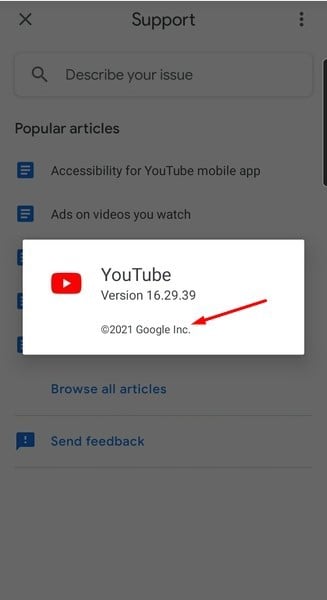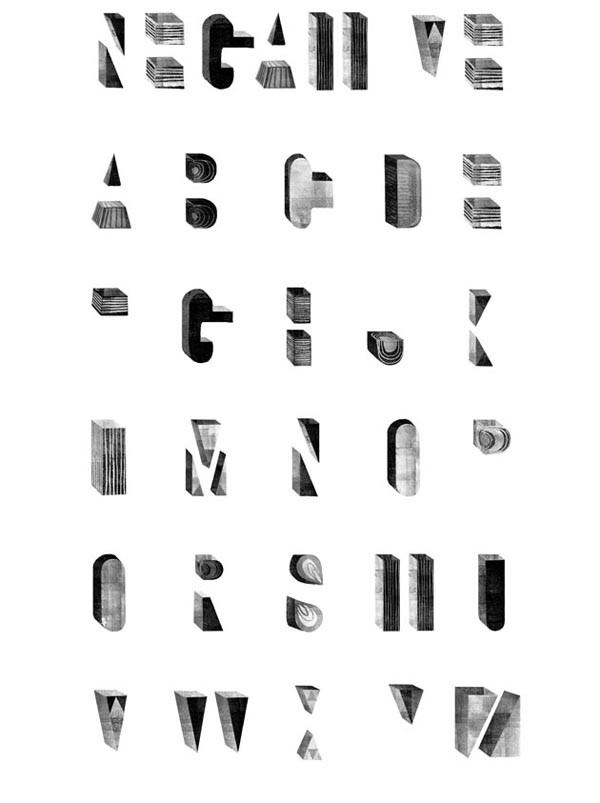
Short for “ Optical Character Recognition”, OCR tools take an image of a webpage (ideally the screenshot, since it has the best quality, but possibly also the photo) and extract all the visible text as editable text. Tools like SnagIt will not only automatically “page down” to get an image of the entire page (in perfect resolution, unlike your camera), but it also includes a “copy text” option that may well copy text for which the traditional clipboard copy has been disabled. Get your digital camera and take a picture of the screen: instant copy. They’re also proof of my original statement: if it can be seen, it can be copied. “Off the wall” as in things that sound really stupid or something you’d never think of, but are last-resort measures. The page will be re-rendered without CSS and the result, while visually unappealing, may well be copy-able.ĭepending on the specific techniques used to disable copying, there may be other approaches. It’s also easy to turn off: in Firefox, click on View (you my need to press and release the ALT key to expose the menu bar first), Page Style, and then click on No Style. CSS, short for Cascading Style Sheets, is a powerful approach to defining how webpages look, feel, and behave.

As a bonus, it also disabled a number of popup ads.) The easiest way is to use Firefox and the “ NoScript” plugin, which allows you enable or disable JavaScript on a site-by-site basis. (That happened to be the case with my example site. Disabling JavaScript disables the copy protection completely. Many sites use JavaScript to implement copy protection. Here I mean taking steps to actively disable whatever copy protection has been placed on the webpage or image. You’ll have to clean up the results, though, removing the HTML mark-up to make the results readable. This allows you to view the underlying HTML for the page and copy the relevant content as needed. Yet another approach is to right-click on the webpage and use the “View Source” option available in most browsers.

The results will vary from browser to browser, but you’re likely to get a good starting point from which you can copy the desired text.
#Random copyright copy paste pdf#
In my test of the website in question, for example, I was able to print to PDF and then select the desired text from the PDF to copy elsewhere.Īnother approach is to use File -> Save As… 1 in the browser when viewing the page, and save it “as” plain text. If saving to PDF doesn’t meet your need, it’s possible the PDF is copy enabled. Certainly it has the highest “fidelity” in that it’ll include all the formatting and images exactly as the original webpage.

Above board techniquesīy “above board”, I mean using normal website and browser behavior to gain access to text in ways the website owner perhaps hadn’t thought to prevent. Website and other digital-content owners need to realize that if it can be seen, it can be copied. There are several techniques to copy text from websites trying to prevent it, including print to PDF, copying from that PDF, viewing the source of the webpage, disabling JavaScript, disabling CSS, or even taking photographs or screenshots and running those through OCR.


 0 kommentar(er)
0 kommentar(er)
